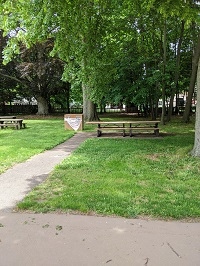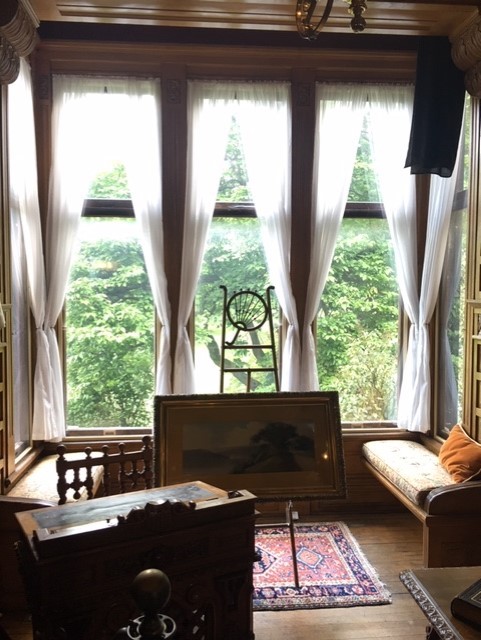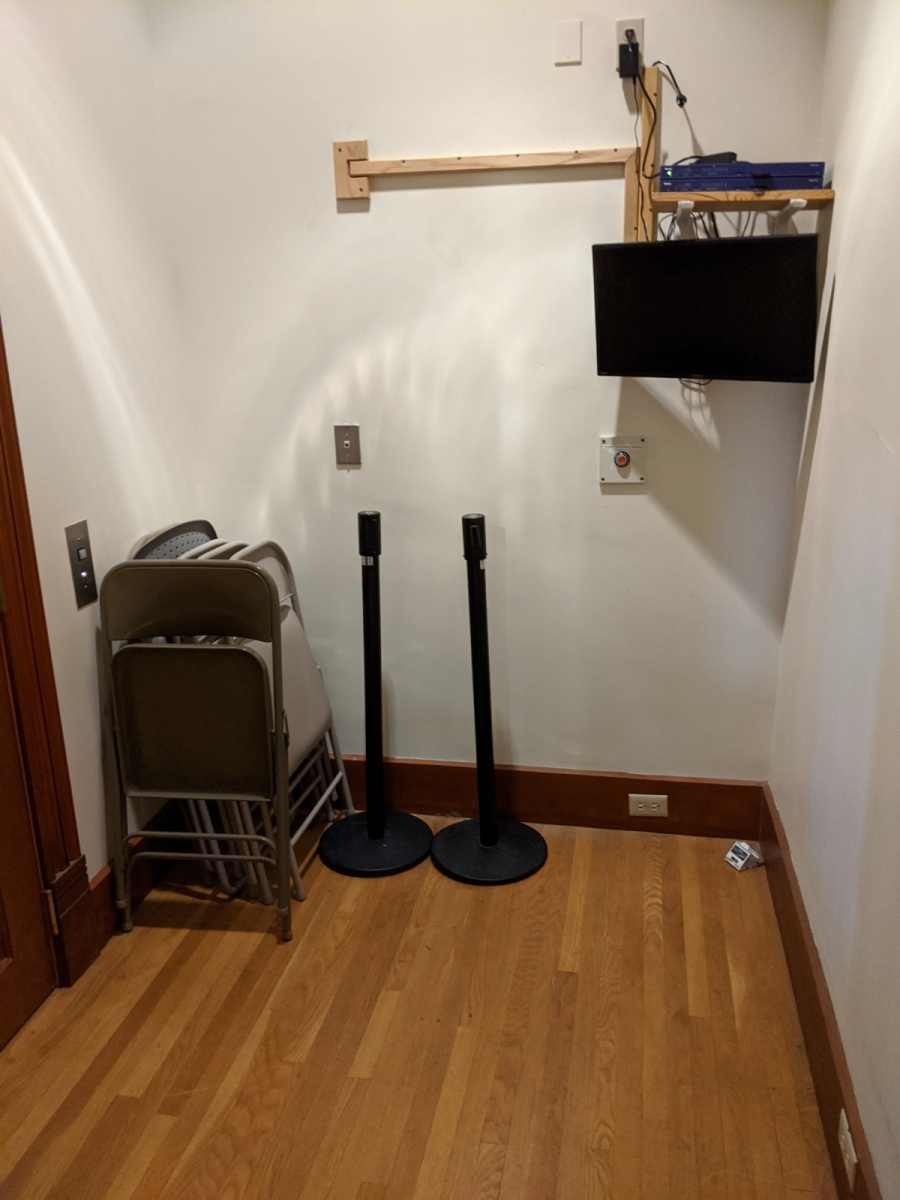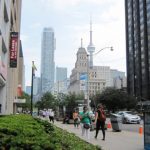Today, the National Park Service protects eight acres of the original farm known as the James A. Garfield National Historic Site. Guided tours through the home led by park rangers and volunteers are offered daily from May-October and Friday-Sunday from April-November.
Where to Begin
Visitor Center and Bookstore: Tours start here in the restored 1893 Carriage House. The Visitor Center does not have automatic powered doors. The front desk where visitors sign up for the guided tour has a lowered area for wheelchairs. Exhibits, some of which have audio, and an 18-minute closed captioned site movie are offered. There are spaces available for wheelchairs to sit in the theater.
Garfield Home Guided Tours: Main Attraction
- A paved path leads visitors from the Visitor Center to the Garfield Home
- Front Porch: The Garfield home has a lift for visitors using wheelchairs, canes, or walkers. The front doors of the home can both be opened for easy access.
- First Floor: This is accessible to wheelchair users, though some hallways may be too narrow for wider wheelchairs.
- Memorial Library Landing: Has an elevator to the Memorial library level. The library is wide enough for easy access and movability. The fireproof vault in the library does have a small slanted ramp for access and it is wide enough that wheelchairs should be able to turn around inside the vault.
- Bedrooms: Have six steps to this floor; if individuals are able to walk up these few steps there is a railing to hold onto and then the hallways are wide enough for access. If individuals are not able to climb steps, there is a short-captioned movie to watch. The movie will show visitors the rooms they are not able to directly access.
- House Museum: The elevator takes visitors downstairs to the house museum, which is the end of the tour. Through self-guiding in the house museum, visitors are able to look at additional artifacts and learn more about the Garfield family. There is a ramp to take all visitors from one area to the next which leads out of the home after looking around.
On the Grounds
- Campaign Office (behind the home): The President used this as his personal library and later his presidential campaign headquarters. It was here he learned by telegraph that he was to become the 20th president of the United States. There are two steps up to the entrance. There is also a lift to the front porch for access into the building please ask for ranger assistance.
- Touring: A cell phone tour of the grounds is offered, and maps can be found both outside in the black box as you enter the Visitor Center, or at the front desk inside. Along the paved path, there are wayside signs to read for wheelchairs. The cell phone tour, also located along the paved path, has ten stops.
Other Things to Consider
- Tour fees are required per person, sixteen years and older unless you have a National Park Service Pass. Anyone with a permanent disability is encouraged to get an Access Pass to all federal land sites. For more information call the site at (440) 255-8722.
- The parking lot is located behind the Visitor Center and has two accessible parking spaces for vehicles that have a placard.
- The picnic area has one picnic table on a paved area for easy wheelchair access
- Restrooms are located in the building directly parallel to the Visitor Center. The doors do not open automatically. There is one stall designated as accessible with a wide space for wheelchairs. On the wall next to the toilet is a grab-bar for assistance. Both sinks can be rolled up under with a wheelchair, and the hand dryer/paper towel dispenser is also lowered for access.
- Drinking fountains can be found both inside the Visitor Center and in front of the restrooms. Both fountains feature water bottle filler stations attached and can be easily reached from a wheelchair because they are low.


































